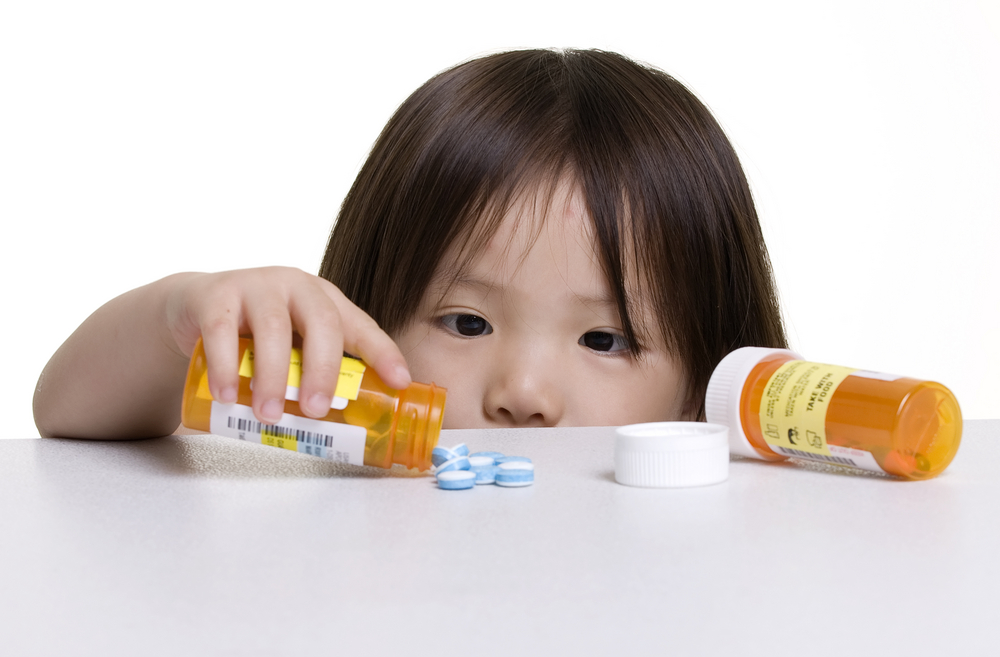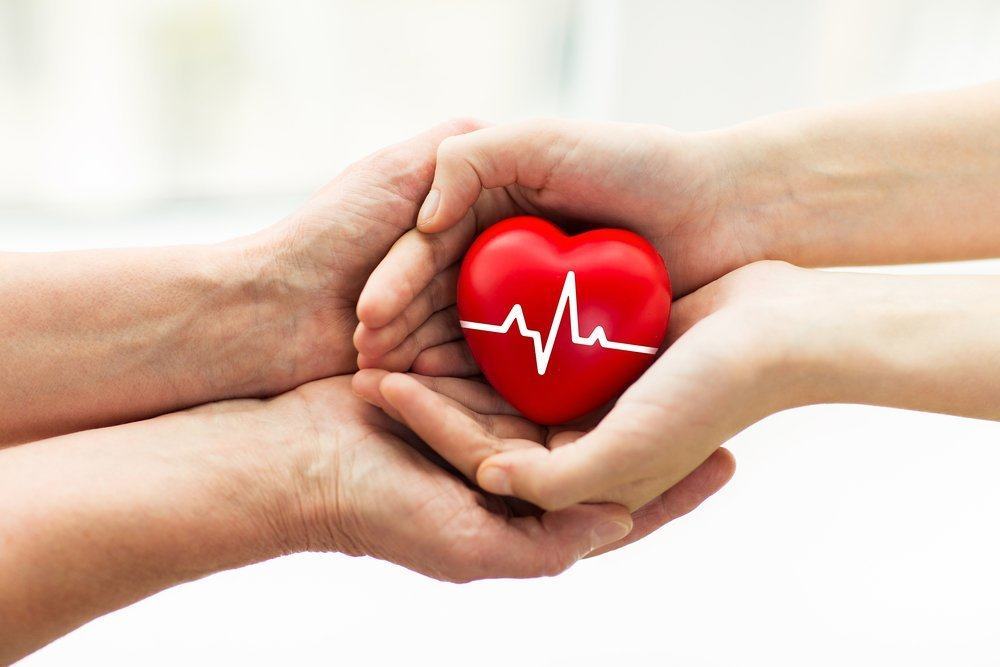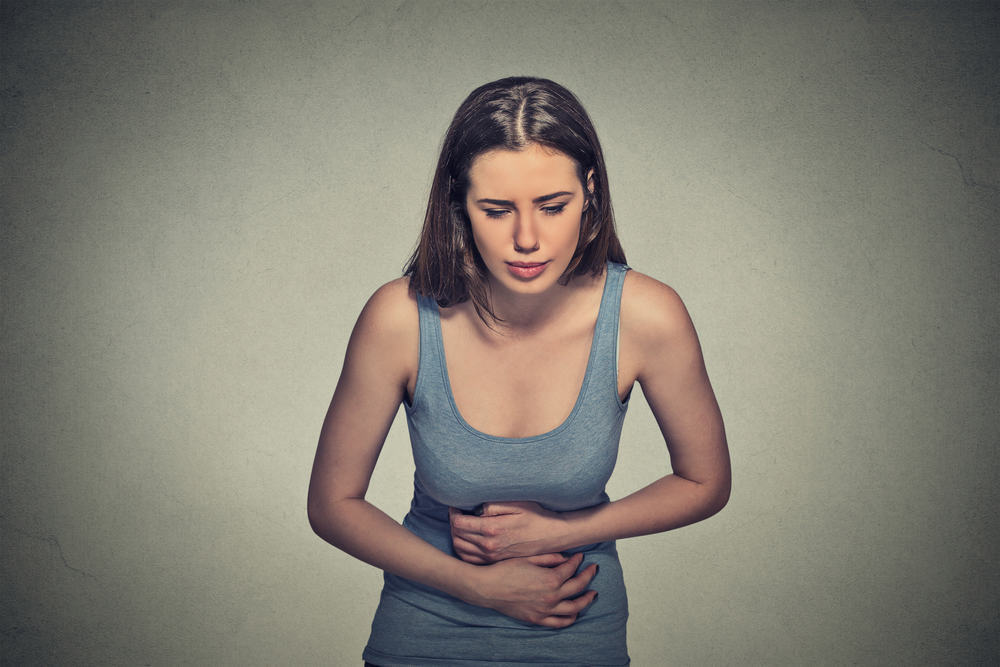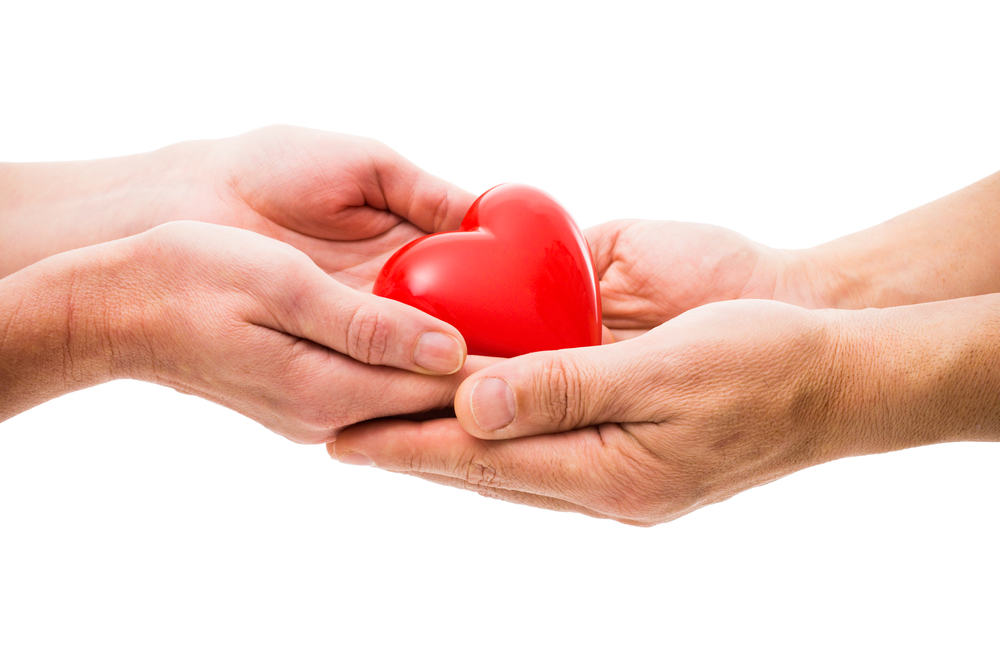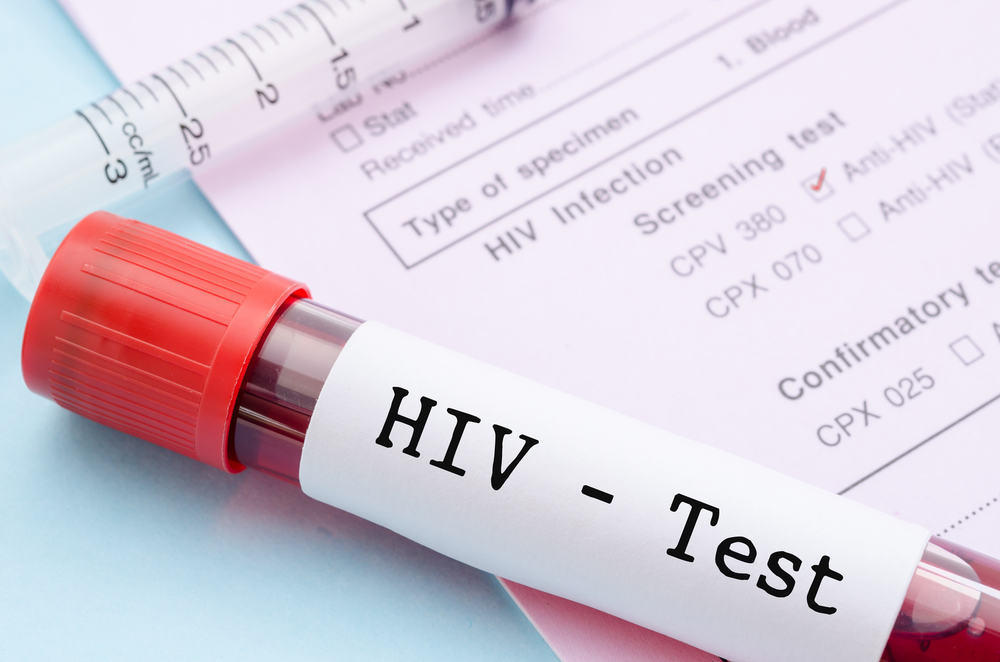Contents:
- Medical Video: Allergy Symptoms & Treatments : How to Cure Dust Allergies
- What is a drug allergy?
- Signs and symptoms of drug allergies in children
- How do you deal with symptoms of drug allergy in children?
Medical Video: Allergy Symptoms & Treatments : How to Cure Dust Allergies
Does your child have a drug allergy? You may hear these questions often from your doctor before he prescribes certain drugs. This is because the child's body tends to be more sensitive to drugs than adults. Incorrectly taking medication, your child can experience excessive allergic reactions in the body that can endanger his health. So, how do you recognize the symptoms of drug allergy in children? See the explanation below.
What is a drug allergy?
Drug allergy is a form of the immune system's reaction to certain drugs consumed. The form of drug allergy can vary, ranging from mild to severe allergies, depending on the content of the drug.
Children or young people tend to be more sensitive to drugs than adults. For example, some antihistamines (allergy) tend to cause excessive sleepiness in children and adolescents than adults.
When the onset of symptoms of drug allergy varies. Some people may immediately show an allergic reaction shortly after taking medication, while others may take longer. However, the symptoms of drug allergy appear on average between 1 to 2 hours after taking certain drugs.
Signs and symptoms of drug allergies in children
Signs and symptoms of drug allergies in each child vary, depending on how strong the immune system is in responding to allergies. However, the symptoms of drug allergy in children in general are as follows:
- Red spots and areas on the face, shoulders and chest: caused by corticosteorids, vitamins B2, B6, or B12
- Red and scaly skin: caused by antibiotics containing sulfa, penicillin, or hidantoin
- Red or purplish rash on the same skin area: caused by antibiotics containing sulfa, tetracycline, or phenolphthalein
- Red bump: caused by aspirin, penicillin, or an antibiotic containing sulfa
- Red spots resemble measles: caused by antibiotics containing sulfa, ampicillin or analgesics
- Purplish rash on the skin (especially the legs): caused by anticoagulant drugs and diuretics
- Blisters or rashes on the mouth, vagina or penis: caused by antibiotics containing sulfa, other types of antibiotics, NSAIDs, or penicillin
Children who experience drug allergies can show life-threatening serious to fatal body reactions. This is referred to as anaphylactic shock. So, immediately see a doctor if your child has symptoms of drug allergies as follows:
- Nausea
- Gag
- Hard to breathe
- Pain in the throat or chest
- Fainted
How do you deal with symptoms of drug allergy in children?
The American College of Allergy, Asthma, and Immunology (ACAAI) reveals that drug allergies are quite difficult to diagnose. This is because penicillin drug allergies, for example, can only be diagnosed through a skin test. Meanwhile, other drug allergy symptoms tend to be similar to other symptoms so that it is difficult to distinguish.
Handling drug allergies in children varies depending on the severity of the symptoms, age, and general health conditions of the child. The easiest way to deal with this is to stop taking allergic drugs or by taking other medications that can help relieve allergic symptoms.
Some drugs that can help treat symptoms of drug allergies in children are as follows:
- Corticosteroids
- Antihistamines
- Epinephrine, for severe allergic reactions (anaphylactic shock)
If the symptoms of allergies do not quickly disappear, then immediately consult your child's pediatrician. Your doctor will probably do a skin test or blood test to detect allergens and the right type of treatment.

